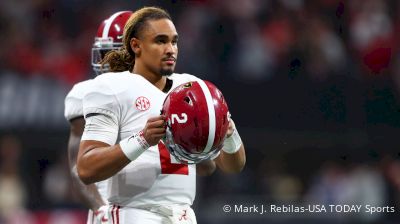No Release, No Problem? Welcome To A Virtual NCAA Free Agency
No Release, No Problem? Welcome To A Virtual NCAA Free Agency
After an adjusted NCAA mandate, student-athletes will now be allowed to transfer without obtaining a release.

Get ready for even more transfers.
The NCAA dished out a major adjustment to their regulations Wednesday. Beginning on Oct. 15, Division I student-athletes no longer have to be released from their scholarship to transfer away from their current school.
Basically, athletes can now transfer without the permission they previously needed from the institution they attended.
Once an athlete notifies their school that they wish to transfer, the institution has only two business days to input the athlete’s name into an online portal. From that point on, that individual is fair game. Coaches can instantly start recruiting players present on that database.
This opens up a whole new world; a virtual instantaneous free agency market for the NCAA. In a world where college athletes are already so prone to the idea of getting a fresh start through transferring, this new regulation should automatically facilitate that idea even more.
However, there is some fine print that’s worth noting. The individual conferences that make up the NCAA aren’t required to follow this regulation as long as they have created their own restrictive bylaw, so it’ll be very interesting to see how conferences around the nation play this.
Regardless, the floodgates have opened and we all can expect to see an uptick in transfers now that it’s even easier to accomplish.
Editor’s Note: While student-athletes are no longer required to obtain a release, many of the obstacles that have previously discouraged transfers remain in place, including the mandate that non-graduate transfers sit out a season before regaining their eligibility.
The new rule simplifies the process of transferring and largely rectifies what was an unjust model that allowed coaches, schools and conferences to restrict a student-athlete’s available options.